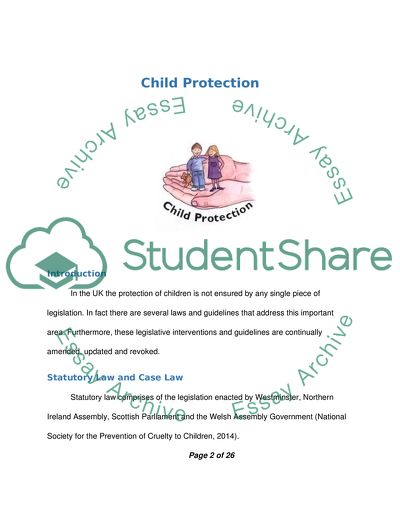Cite this document
(The Protection Of Children in the UK Term Paper, n.d.)
The Protection Of Children in the UK Term Paper. Retrieved from https://studentshare.org/social-science/1805829-child-protection
The Protection Of Children in the UK Term Paper. Retrieved from https://studentshare.org/social-science/1805829-child-protection
(The Protection Of Children in the UK Term Paper)
The Protection Of Children in the UK Term Paper. https://studentshare.org/social-science/1805829-child-protection.
The Protection Of Children in the UK Term Paper. https://studentshare.org/social-science/1805829-child-protection.
“The Protection Of Children in the UK Term Paper”, n.d. https://studentshare.org/social-science/1805829-child-protection.


